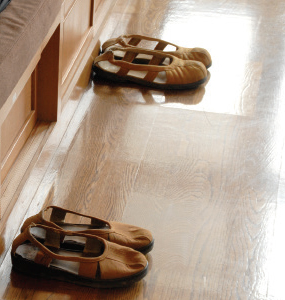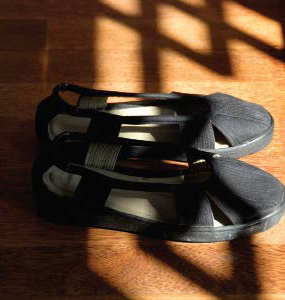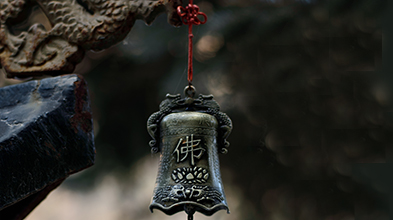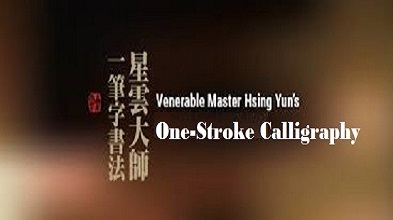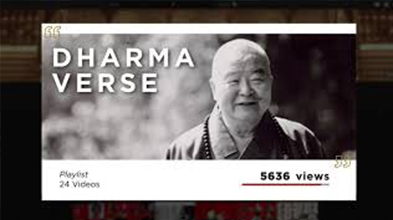Why there is a split down the front? We are made this way as an implication of awareness. Whenever the monastic looks down at me, it is an everlasting reminder of the impermanence of all phenomena.
Get this book at Buddha's Light Publications.
Also called arhat shoes, monastic shoes come in muted colors like grey, black, and brown. They are designed with a total of six openings along the front, back, and sides of the shoes. These six openings ex-hort monastics to “lower their heads and see through illusion,” as they travel through their day. Monastics must see through the illusion of the six sense organs of eyes, ears, nose, tongue, body, and mind, the six sense objects of sight, sound, smell, taste, touch, and dharmas, the six realms of existence of heaven, asuras, human beings, animals, hungry ghosts, and hell, and the six great afflictions of greed, anger, ignorance, pride, doubt, and false views. Monastics must also see through the brevity and insignificance of life.
The six openings around each shoe also remind monastics to cultivate the six perfections of giving, morality, patience, diligence, meditative concentra-tion, and prajna in each step, and to remember the six points of reverent harmony: maintain physical har-mony by living together, maintain verbal harmony by avoiding disputes, maintain mental harmony by sharing happiness, maintain harmony in the precepts by practicing together, maintain harmony of view by sharing the same understanding, and maintain eco-nomic harmony by sharing equally.
Fashionably dressed ladies wear high-heel pumps, muscle-bound sportsmen wear athletic footgear, and monks and nuns wear monastic shoes. Shoes come in an assortment of styles for a diverse range of people and purposes. Today, I, a pair of monastic shoes, would like to talk to you about my family back-ground, as well as describe for you some notable events that have occurred in my lifetime.
It sure has been rueful with terrible suffering . The reason for my misery is that men and women, both young and old, have dis-carded traditional Chinese-style cloth shoes in favor of Western-style leather footwear. Examining the current scene, it appears that my fortune is cut from the same fabric as the traditional cloth shoes. Have you noticed that I’m gradually being seen less and less on the feet of monastics?
In the past, many large towns had stores for purchasing mo-nastic shoes. However, probably influenced by the changing new trends, monastics nowadays are buying fewer monastic shoes. Sadly, these specialty stores have had to close their doors. But just like the decorous figures of old, there are still a few monastics who are willing to preserve whatever traditions are left in Buddhism, just like those people who preserve the customs of their country. Wishing not to be influenced by modern vogue, they have their monastic shoes custom made. I am very grateful to them.
Monastic shoes come in several different designs. There are “climbing tiger” shoes, yellow monastic shoes, and arhat shoes. Arhat shoes were originally woven from straw, but now they are sewn from cloth. The ancient patriarchs had many stories to tell about us. The climbing tiger and yellow monastic shoes have a split down the front with three strands woven together. Do you know why there is a split down the front? We are made this way as an implication of awareness. Whenever the monastic looks down at me, it is an everlasting reminder of the impermanence of all phenomena. Arhat shoes are also called straw shoes because that is what they were originally made of. But in this world continuously undergoing alterations, arhat shoes have gone through phases of being made from ramie, cloth, and, eventually, even leather. With the course things are taking, it even seems possible that one of these days, monastics will be wearing shoes made of glass!
Monastic shoes would experience quite extraordinary wear, because monastics would often tour widely. They were said to travel about land the way the clouds swim across the sky. I felt for-tunate that the monastics wore me on so many journeys, because I was able to see many scenic sights and visit many venerable mas-ters. Many monastics gained knowledge and a deeper understand-ing of Dharma practice as they traveled. When that happened, they would be happy and say, “I haven’t wasted money by putting such wear on my straw shoes.” If they decided that travel was unneces-sary, they would say, “I have saved money by not using my straw shoes.” I appreciated and admired these monastics. Although they wandered the world as weeds drifting upon water, they were disci-plined and well behaved, and I felt safe and secure with them. They would undertake long and dangerous paths seeking teachings from numerous eminent patriarchs and renowned masters in hopes of freeing themselves from the cycle of birth and death. When their efforts were unsuccessful, they would sigh with dismay and say, “I have worn out my straw shoes, but I’m still not enlightened!”
Just like the sighing of these monastics, who traveled around and visited so many masters in hopes of liberation from birth and death, I, too, carry a lot of sadness inside of me. Whenever the monastics traveled far and wide and still did not find what they were looking for, time slowly marched onward, the road stretched longer and longer, and thread by thread the last of my strength and stamina unraveled. When this happened, we monastic shoes were worn out. Still even then, some monastics refused to discard us, faithfully carrying us with them. But other monastics—mindful of the emptiness and impermanence of all things—instead, ditched us by the side of the road. I know I shouldn’t accuse these monks of being cruel and indifferent, but it is unbelievable that, after I have dedicated my entire life to serving my master, I am simply to be cast off when old and worn out! It is a hard thing to accept when my road ends in abandonment, cruelly exposed to the harsh rain and wind.
Oh, but there are so many moving stories about me. In Bud-dhism, when devotees want to make offerings to a monastic, they will often use monastic shoes. There is one story about Master Lianchi after he had left home to become a monk. His wife, who was still a layperson, made a pair of shoes for him, but fearing ensnaring attachments and not wanting to be bound by his wife’s love, he came to a bold decision. He sliced me in half! Although I suffered from some temporary pain, I still admired Master Li-anchi’s fierce devotion to his Dharma practice. If you don’t believe me, here is a poem written by Master Lianchi to declare what he had done.
My wife in my lay life sent me one pair of shoes
Sewn with 10,000 needles and strands of thread;
One sword severing the red silken line,
From now on, I will not bear any dust.
Cultivating the Dharma needs this kind of determination. Without it how can anyone enter the Buddha’s path?
Here is another touching yet tragic story that took place around 1930. There was a master who thought that Buddhism had ceased having importance in the daily lives of people because of a failure to develop a system of Buddhist education. He vowed that all the money he raised from almsgiving would be used for establishing educational programs. However, some benefactors, who did not realize the value of Buddhist education, were reluctant to donate generously. Instead, they wanted their money to be used for other projects, such as temple restoration and supporting people who did nothing, or waiting for others to occupy the place. To call attention to what he was trying to accomplish, this master would stand on nails all day and night, neither eating nor sitting down. After sev-eral days of following this regime, he passed away. When his dis-ciples heard of his demise, they raced to the spot, only to find that their master had already been cremated. Only his monastic shoes remained. Later, his disciples built a house, where I was placed on display in honor of his memory. How I respect such people, but it is sad to think that even the sacrifice of this master failed to awaken some stubborn devotees to the need for Buddhist education. This gives me such a sharp stabbing pain in my heart.
I urge you not to scoff at the power of monastic shoes. Master Jigong had a pair of worn out shoes that was his magic weap-on. Whenever he was unable to avoid a fight or being bullied by people, he would take off his shoes. One time when he was being taunted and insulted, he decided not to argue with the tormentors.
Instead, he stepped out of his shoes and chanted, “om mani padme hum.” The shoes suddenly jumped up and started defending Jigong. Here is a warning to everyone! Monastics cannot be insulted with impunity! You should listen to my advice, or watch out for the su-perpowers of monastic shoes.
I remember one other occasion when a monk suddenly lost one of his shoes. He searched everywhere, but no matter what, he failed to find the missing shoe. He just couldn’t believe that a thief had taken it. Why would anyone steal just one shoe?
Several years later, a beautiful woman made a pair of shoes and sent them to the monk. The monk did not understand why this woman should give him such a gift. It was some time after this that he finally found out what had happened to his shoe. The woman had been married for many years, but was unable to have a child. She heard a story somewhere that claimed that, if a woman were to steal the shoe of a monastic and put the shoe into a chest, a son would be born to her. After hearing this story, she had taken the monastic’s shoe. She followed this practice, and, sure enough, she gave birth to a son. The new pair of shoes that she sent to the monk was to show her gratitude. I thought it a huge joke that people held this strange belief that I was some kind of a bodhisattva who could give people sons! Do people really believe that I have some influ-ence on the business of having babies? They must think that I am Guanyin Bodhisattva, who brings children. Oh, great compassion-ate Guanyin Bodhisattva!
The countenance of monks and nuns with their robes, shaven heads, and monastic shoes is so dignified. But nowadays, many monastics disdain such apparel like me; instead, they wear wood-en-soled clogs when walking around statues of the Buddha and chanting in the shrine. You can imagine the noise those wooden soles on those clogs adds during walking meditation—the ding-ding-ding of the hand bell, the knock-knock-knock of the wooden fish, and then that clip-clop clip-clop noise of those wooden shoes. How can the meditators possibly feel solemn and respectful! Con-trast, if you will, the attitude of these modern monastics with that of Bodhidharma, the first Chan patriarch. It is said that Bodhid-harma revered his monastic shoes so much that he took one shoe with him and returned to India upon his death.
What's New?
DECEMBER

Humble Table, Wise Fare
INSPIRATION
Recorded by Leann Moore
Being humble before people,
the road is open wherever you go;
being arrogant before people,
it is difficult to move even one step.
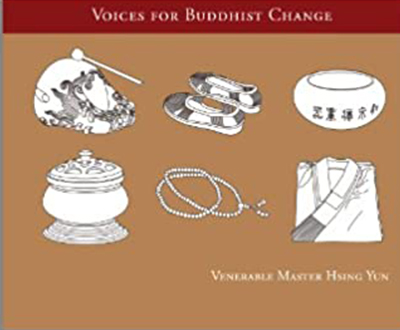
Dharma Instruments
Venerable Master Hsing Yun grants voices to the objects of daily monastic life to tell their stories in this collection of first-person narratives.
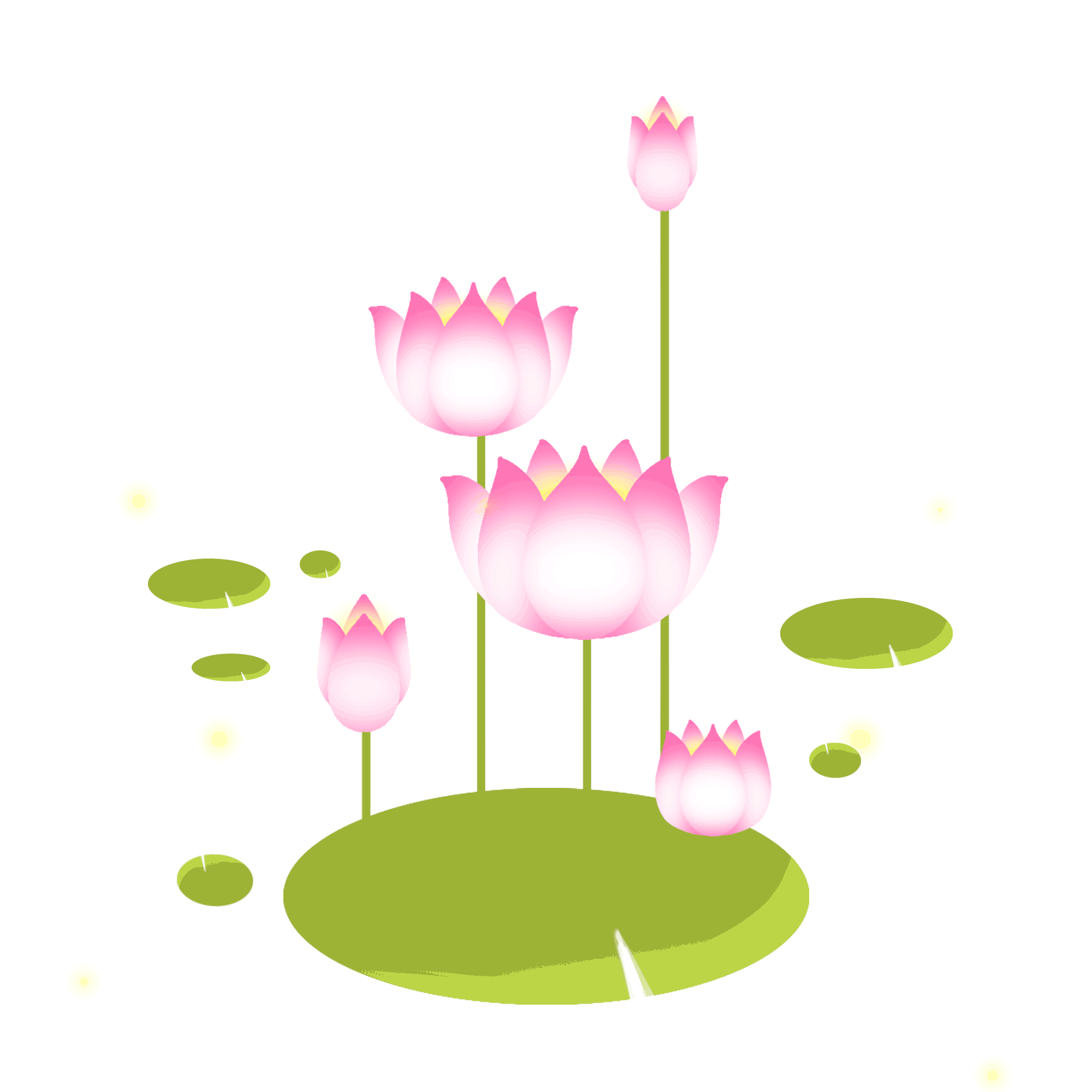
Sutras Chanting
The Medicine Buddha SutraMedicine Buddha, the Buddha of healing in Chinese Buddhism, is believed to cure all suffering (both physical and mental) of sentient beings. The Medicine Buddha Sutra is commonly chanted and recited in Buddhist monasteries, and the Medicine Buddha’s twelve great vows are widely praised.

Newsletter
What is happening at Hsingyun.org this month? Send us your email, and we will make sure you never miss a thing!
